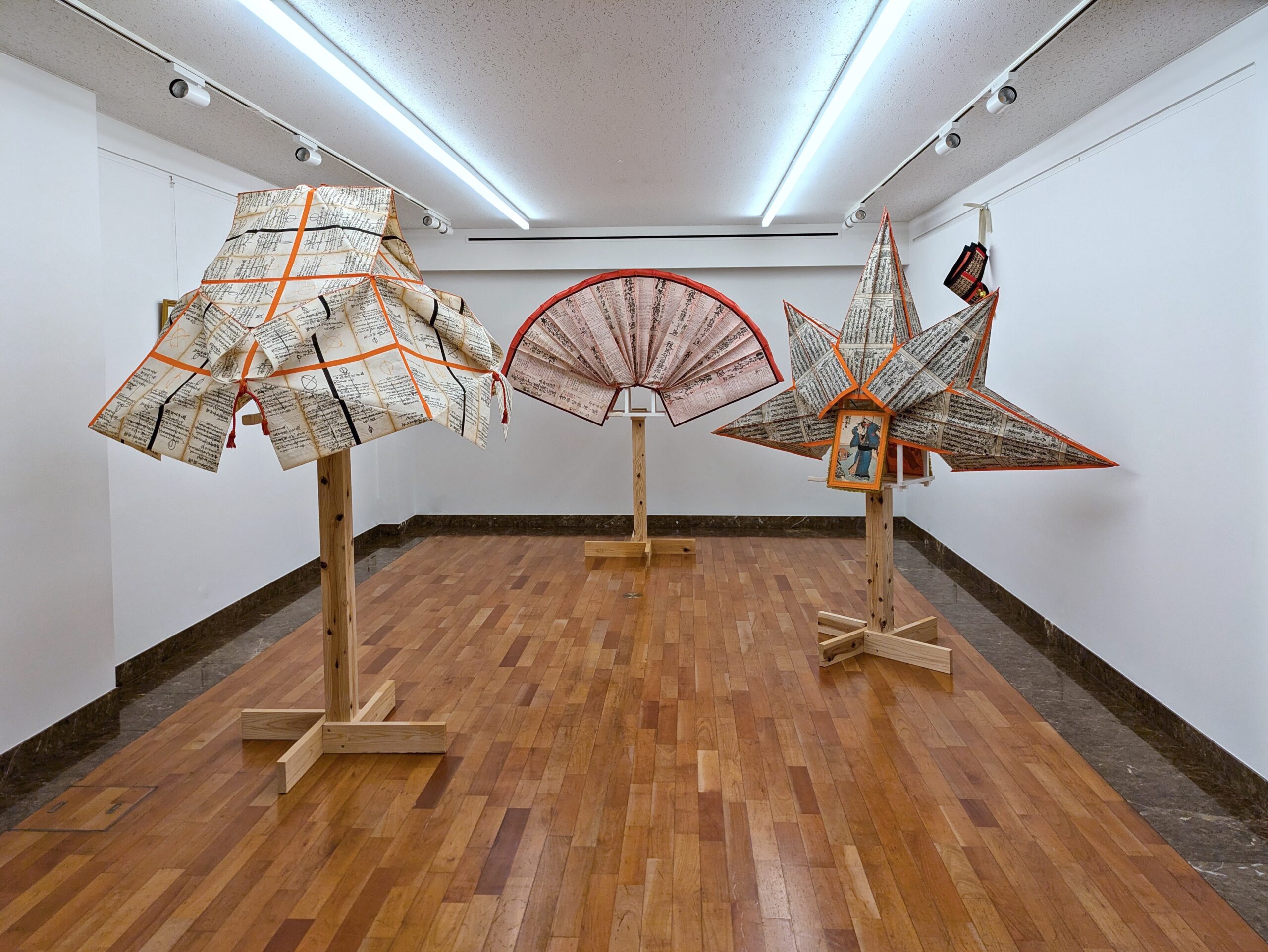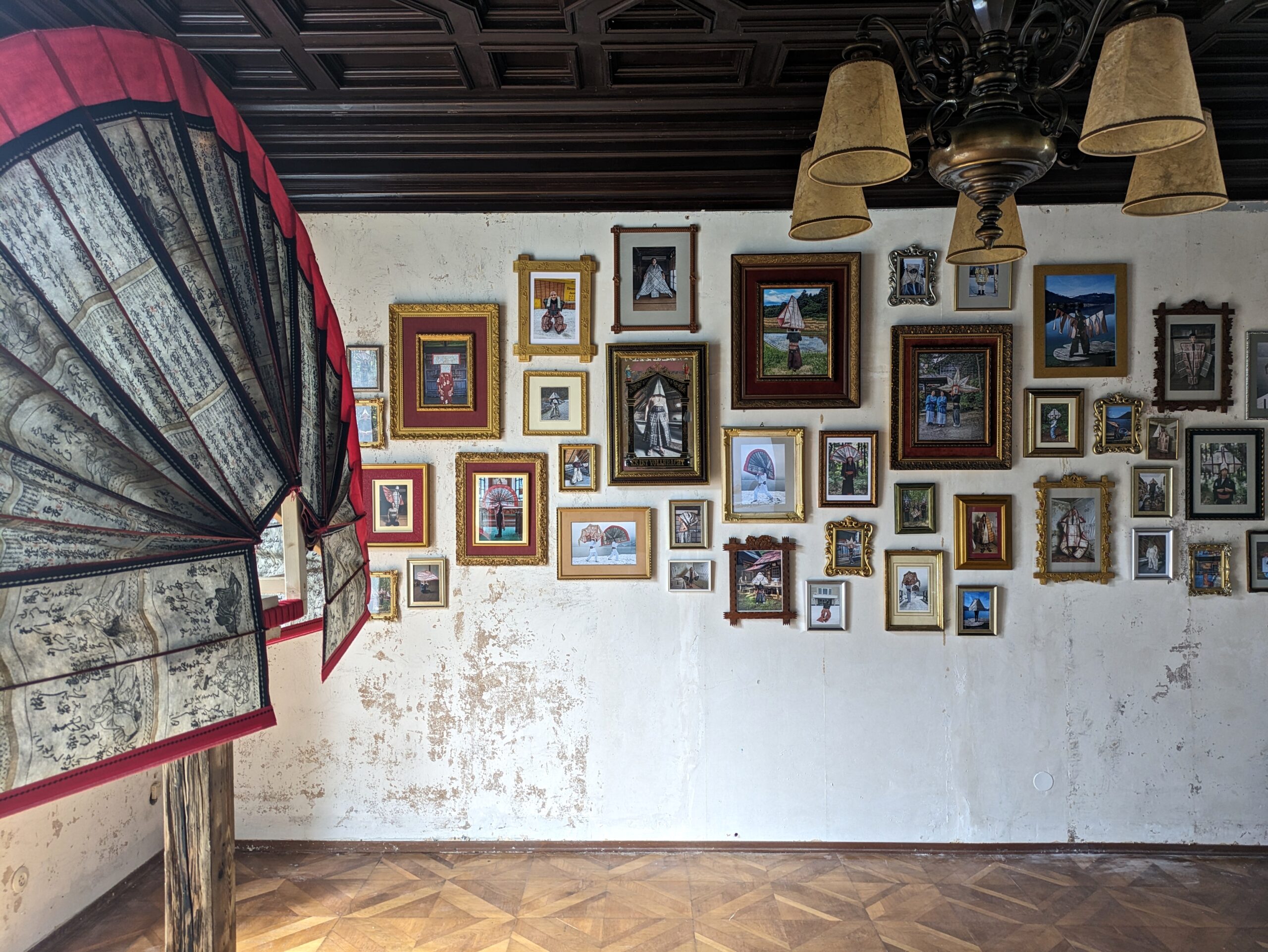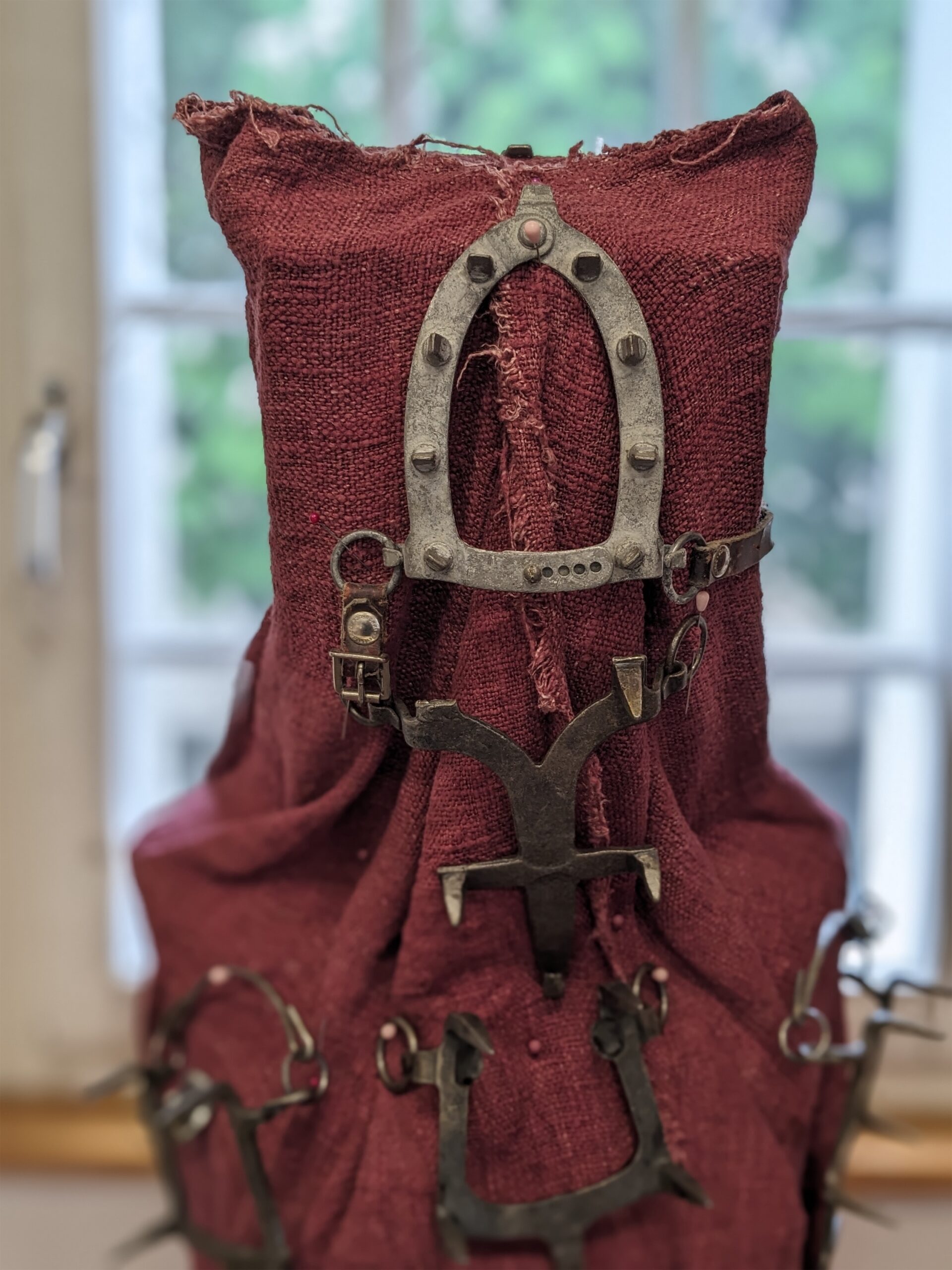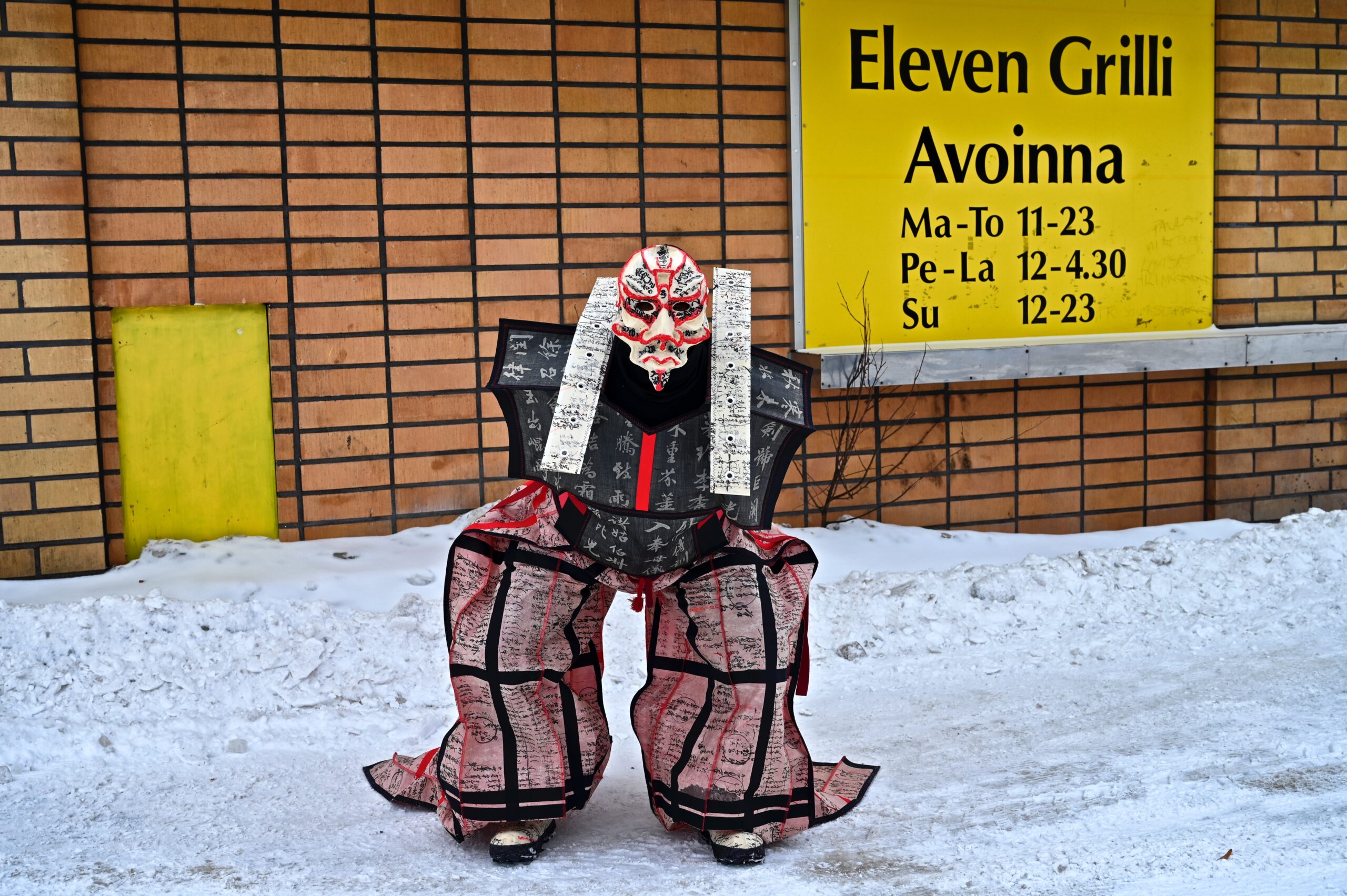Paint & Object
-
05 Inventing the Kimono
< > During the Edo era, the kosode was a unisex clothing, worn by every Japanese, regardless of age or socio-economic position. The quality of the fabric, the choice of pattern, yarn, dye, print and colour were essential criteria for the presentation of the rank, age, gender and sophistication of the person wearing it. Women of the lower classes wore…
-
04 The body in public view
< > Until the end of the Edo period the Japanese body symbolized one persons place in society. Aside from the dress one wore, bodies were marked and styled in a way to distinguish oneself from other groups. The male court nobles deemed themselves best attired when they resembled women most closely. Robes and trousers were…
-
03 Working Cloth
< > As the most valuable of all materials, silk, was used by the aristocrats and by the military class, while the commoners had their cloth made of bast fibres such as asa (hemp), fuji (wisteria bark), kuzu (arrowroot), koozo (mulberry), or shina (Japanese lime). Gradually cotton production increased with the introduction of more efficient home-based spinning wheels and weaving looms. Hemp garments began to…
-
02 Japanese Kimono for Export
< > Trade in kimono and washi paper to Europe began in 1641, when the Netherlands became the only European country permitted by the shogunate. The clothes for export resembled Japanese yogi 夜着, with no shoulder seams. The sleeves were attached in a more typical way of Western dress. For example, in 1692, 123 such garments were sold by the…
-
01 Traditional Clothes
< > Nara period (710–794) Clothing in the Nara-period was influenced by Tang-dynasty China. Women adopted overlapping tarikubi (垂領, “drape-necked”) robes with very long sleeves, and a wrapped skirt (mo 裳) that was draped over the waist. Men continued wearing round agekubi (上領, “high-necked”) mandarin robes, which were associated with scholasticism. Heian Period (794 – 1185) …
-

One-eyed Reminiscence | Gunma JP
The work, which is purely analogue with no digital manipulation, is at the intersection of photography and painting. Being not simply portraits, the works draw on the cultural history of artistic gestures. In a cross-over process she alters the chemical layers of the negative slides, by scratching, bleaching and drawing mirror-inverted onto the crystalline structure.…
-

AT Cultural Forum | Tokyo JP
18.10-1.11.24 Japan | Anita Gratzer developed the work cycle ‘Glöckler’ originally for the 2023 Nakanojo Biennale, which was themed around Cosmographia, a 16th-century geographical encyclopaedia. In regard to this book, which describes the peoples and customs of the world, she reinterpreted a 150-year-old tradition from her native region in Austria from a Japanese perspective. In her…
-

Sketches | Onishi JP 24
-

Marque de sorcière | Valais CH
03-06.2024 | The project “Marque de Sorcière” took place in Valais, where the first witch hunts took place around 1430, when catastrophes, illnesses and mysterious deaths required an explanation. Rumours played a fundamental role in the persecution of witches and the accusations usually came from the population. People who behaved strangely or had special knowledge…
-

Villa Karbach | Salzkammergut AT
18.5-29.9.24 Austria | The exhibition “Villa Karbach – Wie der Skurrealismus zur Welt kommt” is part of the European Capital of Culture in Salzkammergut, Austria. Together with works of the artist Walter Pilar (†2018), the part 2 of the Glöckler project was shown at the Villa Pantschoulidzeff (built by Theophil Hansen 1854). Two caps were…
-

Valais | Switzerland 03-06.24
I am once again invited to stay at the residency in Brig at the ancient Stockalperschloss in the wonderful Valais valley in the south of Switzerland. My project >Marque de sorcière< here focus on the local history of witch hunts, which date back to the 15th century and were one of the first in Europe.…
-

Mänttä | Finland 12.23-02.24
In winter 2024 I was invited to the Serlachius Foundation for a residency and three workshops. It was the third time I had worked in Finland and this time I was able to prepare some artworks to be exhibited in Austria later that year. Besides the workshops on mask making, I was able to work…